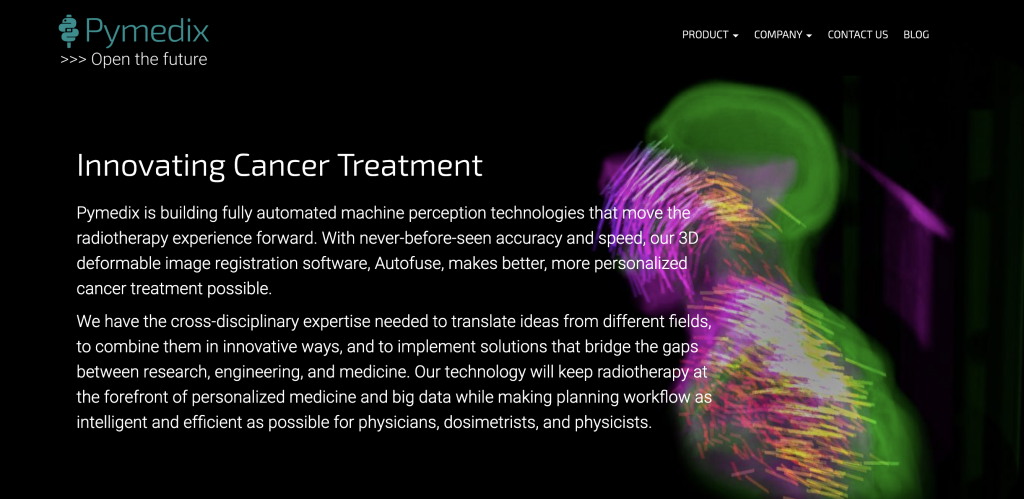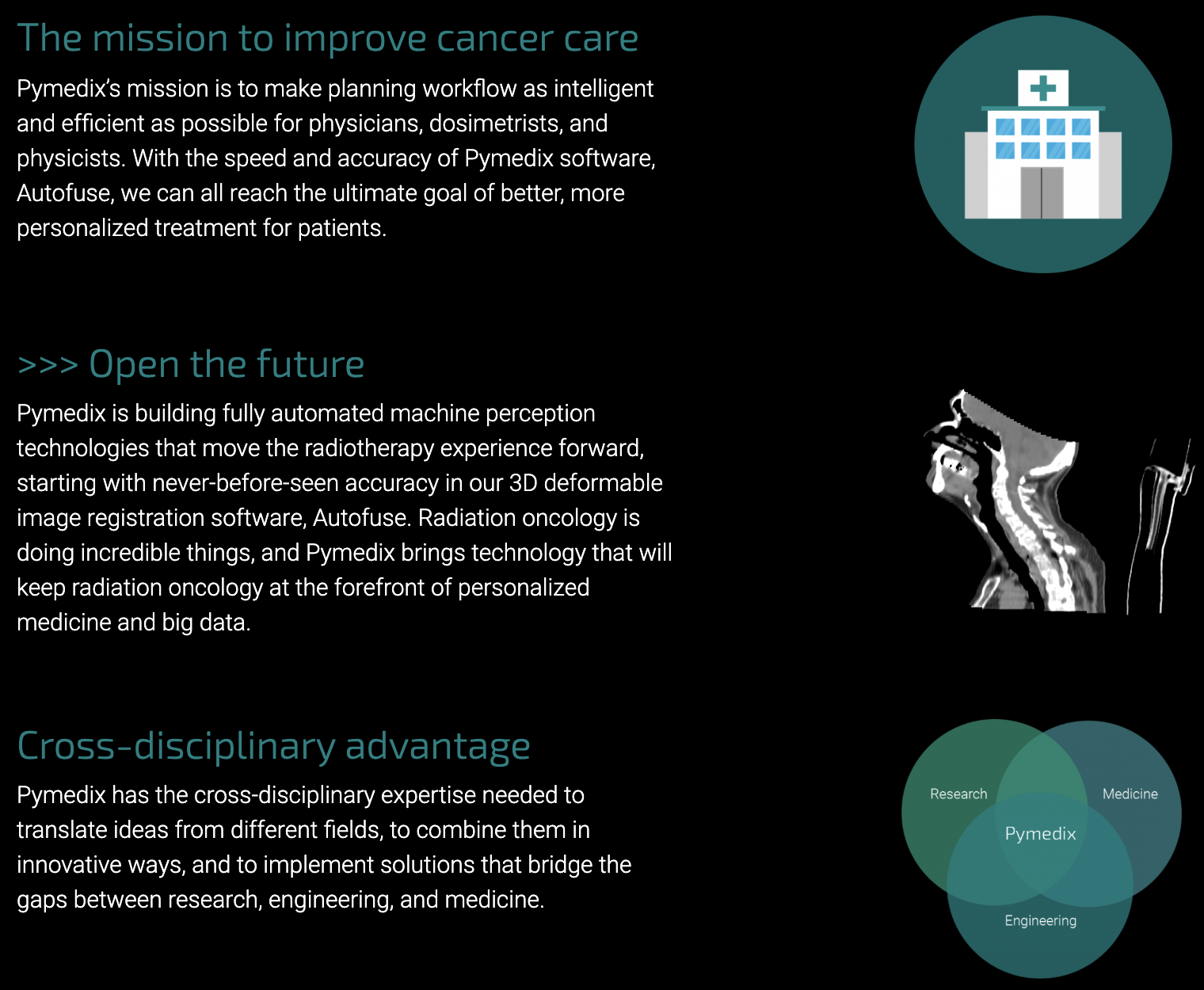Sarah Kim, MD, CEO
At Pymedix, our goal is to advance cancer care for patients, and also physicians. As providers of medical care, Kris and I naturally want to make things better for our patients. As users of medical technology, we also want to make the tools we use better.

Chances are, someone close to you has been diagnosed with cancer. According to a CBS poll in 2017, the majority of Americans reported that they or someone else in their immediate family has been diagnosed with cancer at some point. If you’re in the minority who hasn’t, we’re very thankful for that!

Sam Caplat [CC BY 2.0 (https://creativecommons.org/licenses/by/2.0)]
Our drive to improve cancer care isn’t merely academic. I am a cancer survivor.
Some time ago, I had noticed that the front of my neck seemed a little different, enlarged, and even though cancer wasn’t high on the list of differential diagnoses, I thought it was worth checking out. Unfortunately, discussion with my colleagues over lunch, one of whom was a radiologist and the other an endocrinologist, evinced much more concern, almost an urgency.
The first time I had to seriously consider the possibility of cancer was when they said “I think we may need to biopsy this nodule” during my thyroid ultrasound. Afterwards, while I was applying pressure to my surgical wound to keep it from bleeding, I thought to myself, so okay, this may be cancer, but what kind of cancer? I knew thyroid cancer was fairly common with generally favorable statistics, so I naturally acted brave throughout the process. But, I also knew of an aggressive variant, anaplastic thyroid cancer which, while rare, is almost invariably fatal.
Although I knew statistically that I shouldn’t have been too worried, in the back of my mind, I naturally began to imagine the worst. Papillary cancer is the most likely diagnosis, but has it spread to the lymph nodes? What if it were medullary or anaplastic cancer? What if the biopsy failed and I had to do another one? Assuming that it was cancer, would I want to go through with surgery? No matter how low, the 2-5% probability of probably not being here in 6 months is fairly unsettling. The uncertainty of what would follow was hard to endure.
The biopsy proved to be papillary cancer, the most common type of thyroid cancer, and no lymph node involvement was observed. A CT scan and a surgery later, I am thankful that my cancer was easily treatable. What I gained from this life event are a few small scars and the most valuable patient experience.

At Pymedix, no cancer is insignificant. We work to develop the most accurate image registration technologies, like Autofuse, unique uncertainty assessment tools, and innovative user experience, for patients and physicians.
